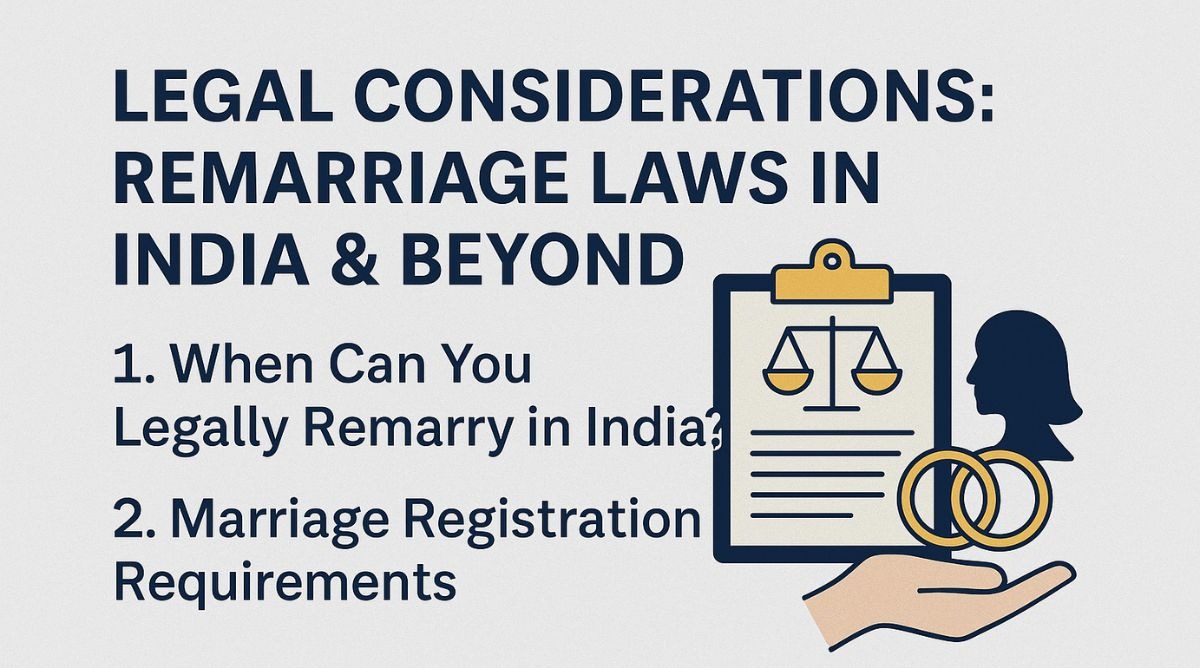Krishna Murari, J.@mdashBy means of the present petition filed under Article 226 of the Constitution of India, the Petitioner has challenged the order dated 24th February, 1990, passed by the Additional District Magistrate (Finance and Revenue), Moradabad, under Sections 47 and 33 read with Section 40 of the Indian Stamps Act (hereinafter referred to as ''the Act'').
2. We have heard Sri A. K. Gaur, learned Counsel for the Petitioners and the learned standing Counsel for the Respondent.
3. We are conscious of the fact that the Petitioner has an alternative statutory remedy available u/s 56 of the Act before the Chief Controlling Revenue Authority, U.P. However, since the petition was entertained by this Court and was admitted in the year 1990 and remained pending for more than 13 years, we do not think it proper to relegate the Petitioners to the forum of alternative remedy after lapse of such a considerable period.
4. The factual matrix as set out in the petition is that the Petitioners purchased a land measuring 1.65 acres comprising of khasra plots No. 509 and 510/1 situate in village Maulagarh, Pargana and Tehsil Bilari, district Moradabad by means of sale deed dated 11.7.1985 registered on 18.9.1985. A total sum of Rs. 49,000 was paid as consideration and a sum of Rs. 5,200 was paid as stamp duty.
5. The Additional District Magistrate (Finance and Revenue), Respondent No. 1 issued notices to the Petitioners in March, 1989, almost three and half years of the execution of the sale deed on the ground that property had been undervalued in the instrument and directed the Tehsildar to make spot inspection and submit a report.
6. The Petitioners submitted reply to the said notice stating therein that at the time of purchase, the land was being used for agricultural purposes and wheat crops was standing thereon and accordingly, proper stamp duty had been paid. It was further mentioned in the objection that after a long time of purchase of the land, the Petitioners installed a small machine for extracting peppermint oil over a very small part of the said land. It was also pleaded that the land was neither situated in the industrial area nor abadi.
7. The Respondent No. 1 vide order dated 24th February, 1990, determined the value of the land to Rs. 3,67,260 and accordingly, levied a deficiency of Rs. 33,387 towards stamp duty. A penalty of Rs. 33,000 was also imposed.
8. We have gone through the impugned order of the Respondent No. 1. A very strange and peculiar method has been adopted by Respondent No. 1 for determining the value of the property. An area of 0.20 decimal over which the machine for extracting peppermint oil was installed has been held to be a commercial land and accordingly, the market value of the said area has been determined to Rs. 3,23,760 by applying the commercial rate of Rs. 400 per sq. mtr. The remaining area of 1.45 acre has been valued at Rs. 43,000 treating it to be a agricultural land. Thus, it is clear that if the market value of the land was determined treating the entire area to be an agricultural land, the stamp duty paid by the Petitioners on the instrument would have been sufficient.
9. Two questions, which arise for our consideration, are firstly, whether the Respondent No. 1 was justified in treating the part area of the land as commercial land and the other part as agricultural and secondly, whether he was empowered to levy any penalty.
10. There is no finding returned by the Respondent No. 1 that the oil extracting plant was in existence on the land at the time of execution of the sale deed. The finding of the existence of the oil extracting plant is based on inspection by the Tehsildar which was done after more than three and half years of the execution of the sale deed. Even the Petitioner stated in his objection that he has installed the machine after about three years of purchase of the land. It is well-settled that market value of the property has to be determined with reference to the date on which the document is executed. Market value as such keeps on varying and changing. Any subsequent improvement or change in the nature or user of the land, which may result into enhancement of the market value of the property is not to be taken into account and it is only the value of the property on the date of execution of the document that is to be considered for the purpose of determination of proper stamp duty payable on the instrument.
11. In the absence of any evidence on record or any finding in the impugned order to the effect that the oil extracting machine was in existence on the land at the time of execution of the instrument, the Respondent No. 1 was not justified in valuing that part of the land in applying commercial rates. The entire land has to be valued treating it to be an agricultural land.
12. In view of the finding of the Respondent No. 1 with regard to the market value of part of the property treating to be an agricultural land, it is clear that if the entire area is treated as agricultural land then the market value of the property has been correctly shown in the instrument and proper stamp duty has been paid thereof.
13. Coming to the second question regarding imposition of penalty, a Full Bench of this Court in the case of
14. In view of the aforesaid discussion, the writ petition succeeds and is allowed. The impugned order dated 24th February, 1999, Annexure-3 to the writ petition passed by Respondent No. 1 is hereby quashed.
15. However, there shall be no order as to costs.

